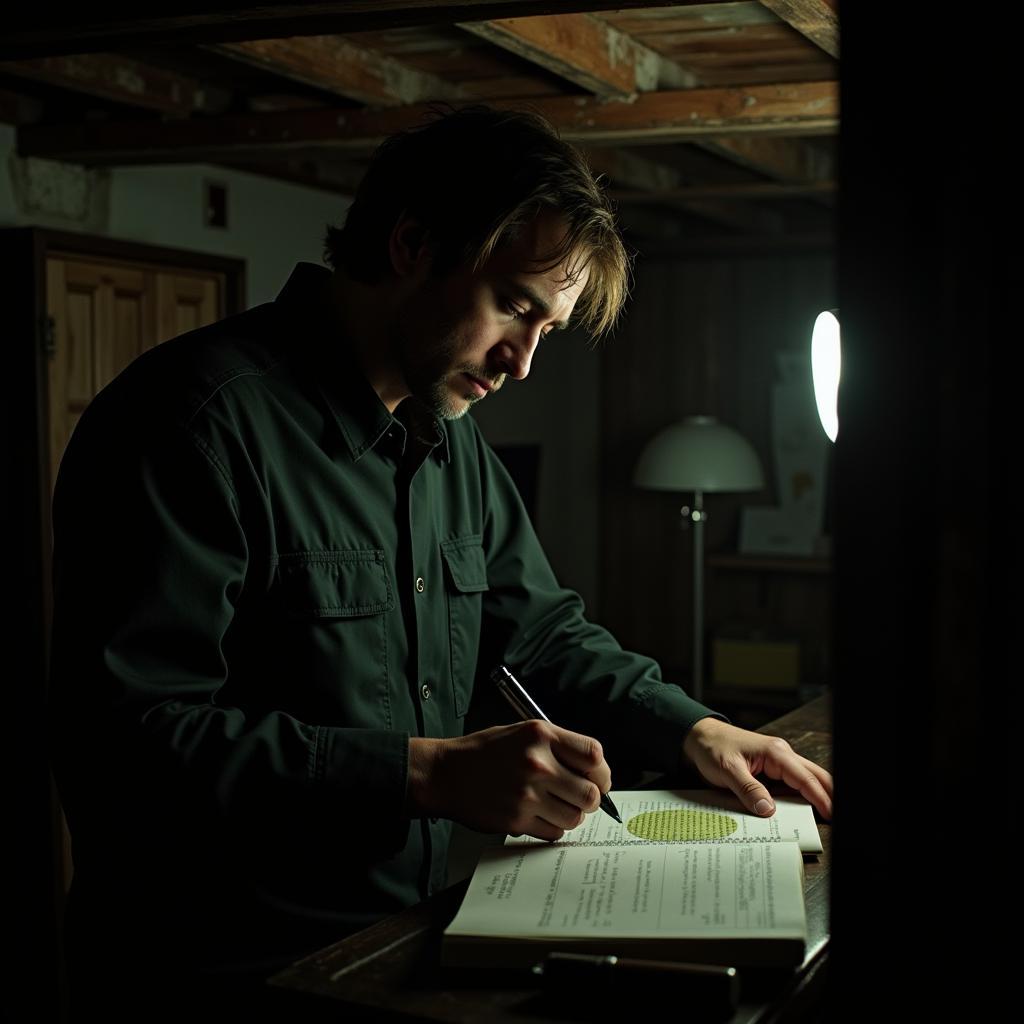Effective communication is the lifeblood of any successful research endeavor, and the study of paranormal phenomena is no exception. Whether you’re meticulously documenting EVP recordings, analyzing eyewitness accounts of spectral apparitions, or presenting your findings on ancient curses and mystical artifacts, the ability to convey information clearly and persuasively is paramount.
Why is Communication So Crucial in Paranormal Research?
Unlike traditional scientific disciplines, paranormal research often grapples with subjective experiences, elusive evidence, and a healthy dose of skepticism. This makes clear, concise, and compelling communication even more vital for:
- Building Credibility: In a field often met with doubt, presenting your research in a professional and articulate manner can help establish your credibility as a paranormal investigator. Detailed reports, well-structured arguments, and a clear understanding of the scientific method (as much as it can be applied to the paranormal) can go a long way in earning the respect of both believers and skeptics.
- Collaboration and Peer Review: The paranormal community thrives on shared knowledge and collaborative efforts. By effectively communicating your findings, methodologies, and theories, you invite scrutiny, feedback, and potentially groundbreaking collaborations with other researchers across the globe.
- Advancing the Field: By clearly articulating research questions, hypotheses, and conclusions, you contribute to a collective body of knowledge that can help move the field of paranormal research forward. Your insights could inspire new investigations, challenge existing assumptions, and ultimately lead to a deeper understanding of the unknown.
Key Aspects of Communication in Paranormal Research
Communicating effectively in paranormal research encompasses a range of skills and approaches. Here’s a breakdown of key areas:
1. Precise and Objective Language:
The use of clear, unambiguous language is non-negotiable. Avoid jargon, overly technical terms, or sensationalized language that might undermine the integrity of your work.
- Example: Instead of stating, “The entity emitted a terrifying growl,” describe the sound objectively: “A low-frequency growl, recorded at 10 dB, was captured on the audio device.”
2. Detailed Documentation:
Every investigation should be meticulously documented. This includes:
- Date, time, and location of the investigation
- Names and roles of all team members
- Equipment used and its calibration status
- Environmental conditions (temperature, electromagnetic fields, etc.)
- A chronological log of events, observations, and data collected
 A paranormal investigator meticulously records observations in a notebook, their flashlight illuminating an old, dusty attic.
A paranormal investigator meticulously records observations in a notebook, their flashlight illuminating an old, dusty attic.
3. Evidence Presentation:
Presenting evidence in a clear, organized, and unbiased manner is crucial. Use:
- Photographs and videos: Ensure they are high quality, time-stamped, and accompanied by a detailed description of the context in which they were taken.
- Audio recordings: Provide transcripts, note timestamps for any anomalies, and analyze potential explanations for sounds.
- Sensor readings: Present data in graphs, charts, or tables for easy interpretation.
4. Interpretation and Analysis:
This is where your critical thinking skills come into play.
- Present multiple working hypotheses: Explore various explanations for the phenomena observed, including both paranormal and non-paranormal possibilities.
- Acknowledge limitations: Be upfront about any limitations of your investigation or potential biases that might influence your interpretation.
- Avoid definitive conclusions: Paranormal research often deals with ambiguous evidence. Avoid making absolute claims and acknowledge the need for further research.
5. Ethical Considerations:
- Respect for privacy: Obtain informed consent before sharing any personal information about clients or individuals involved in your investigations.
- Sensitivity towards cultural beliefs: Be mindful of the cultural and religious beliefs surrounding paranormal phenomena. Avoid language or actions that might be considered offensive or disrespectful.
Communicating Your Findings to the Public
Sharing your paranormal research with a wider audience can be both rewarding and challenging. Here are a few tips:
- Choose the right platform: Consider whether your findings are best suited for a blog post, a YouTube video, a podcast, a research paper, or a presentation at a conference.
- Know your audience: Tailor your language and presentation style to the specific audience you’re trying to reach.
- Use storytelling: Weaving your findings into a compelling narrative can make your research more engaging and relatable.
- Be prepared for criticism: Not everyone will agree with your conclusions. Respond to criticism with grace, logic, and respect.
Conclusion
Effective communication is the cornerstone of credible and impactful Paranormal Research. By mastering the art of clear, objective, and ethical communication, we can shed light on the mysteries of the unknown and move closer to understanding the world beyond our senses.
Remember, the pursuit of paranormal knowledge is a collaborative journey. By communicating effectively, we can build a stronger, more informed, and ultimately more insightful paranormal community.